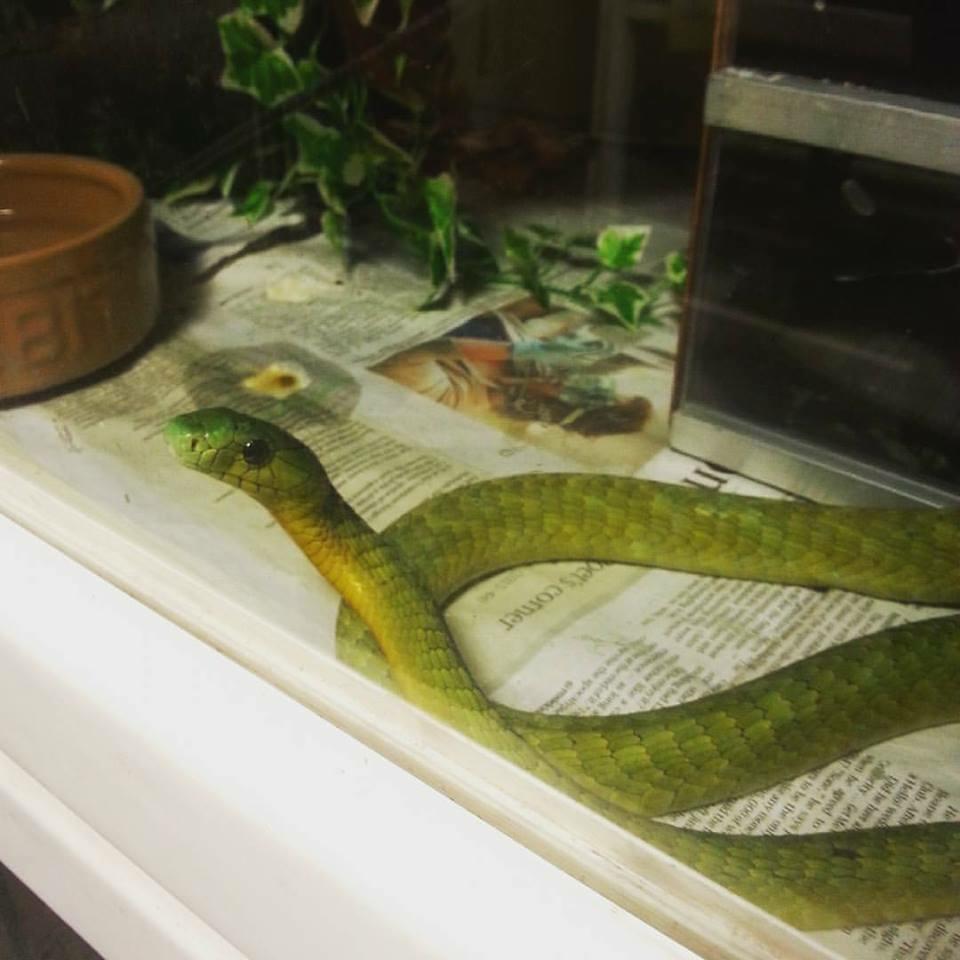
David Hettle,
DTMH 2015
As we hurtle through the last few weeks of the DTM&H, it has all of a sudden become apparent quite how much we (should) have learnt. With practice exams in both the lab and lecture theatre now done, the real ones are fast approaching. From spotting the difference between the bends in the veins on wings of flies, comparing tsetses and triatomines, to watching endless members of the class counting, questioning and deciphering the number 19 (seemingly DTM&H’s Public Health ‘meaning of life’). There is a lot to learn. Yet still each day we are having varied and interesting teaching to add more to our bank of tropical knowledge.
The term ‘neglected’ has often been used in the last couple of weeks. While tropical diseases and the health of those in low-middle income countries has as a whole been considered and increasingly supported, it is often the Big Three (HIV, TB and malaria) that receive a huge proportion of the funding, leaving other major health issues with little to no increase in support over the last few decades.

Snakebites and the impact that these have are one of the neglected areas within tropical medicine, and this week we had a morning being taught by staff from the Alistair Reid Venom Research Unit . The vast majority of the 95,000 deaths and 2.5 million snake bites every year are in low income countries throughout Africa and Asia. As one of our more effervescent lectures has often said as soon as there are plenty of zeroes on the end of a figure it means that we probably have very little idea of the true figure, but in these cases these numbers are likely to be an underestimate, given that those bitten most live in rural and farming communities, some of the poorest in the world and some of least served by health services.
There are lots of changes that need to happen for snakebite management to be improved worldwide, but an example from the world of research into anti-venom demonstrates the issues that snakebites and neglected tropical diseases often have. During ongoing research to improve anti-venom, it was found that a compound (VHH) was the most effective chemical treatment (another option is amputation of the limb) against both damage at the site of the bite and throughout the whole body. What a discovery! The researchers took this information to the drug company owning the product who said “Great! Who is it for?”, and on discovering this new technology would be for the ‘poorest of the poor’ the response was “Not interested, and by the way if you use it anyway for this treatment we’ll take you to court”. The dark world of drug companies is one which whole books have been written about, so this snippet is one example of the unfairness of the best treatment for a condition being not only hidden, but banned from any further research or promotion, purely because the drug company won’t get enough benefit from taking this product forward further, from the poorest of the poor to the international community. It’s not worth it.
After this we had the chance to visit the Herpetarium (snake house) at LSTM. From inconspicuous yet deadly saw-scaled vipers to impressively expanding puff adders there were huge numbers of snakes to marvel at, but finishing the tour by watching a dramatic (though probably not for the handlers) demonstration of venom extraction was a brilliant way to finish our morning of snakes.
Amidst it, the question “Is that the same kind of snake as is in Harry Potter?” I think can be put down to revision delirium that is firmly setting in.